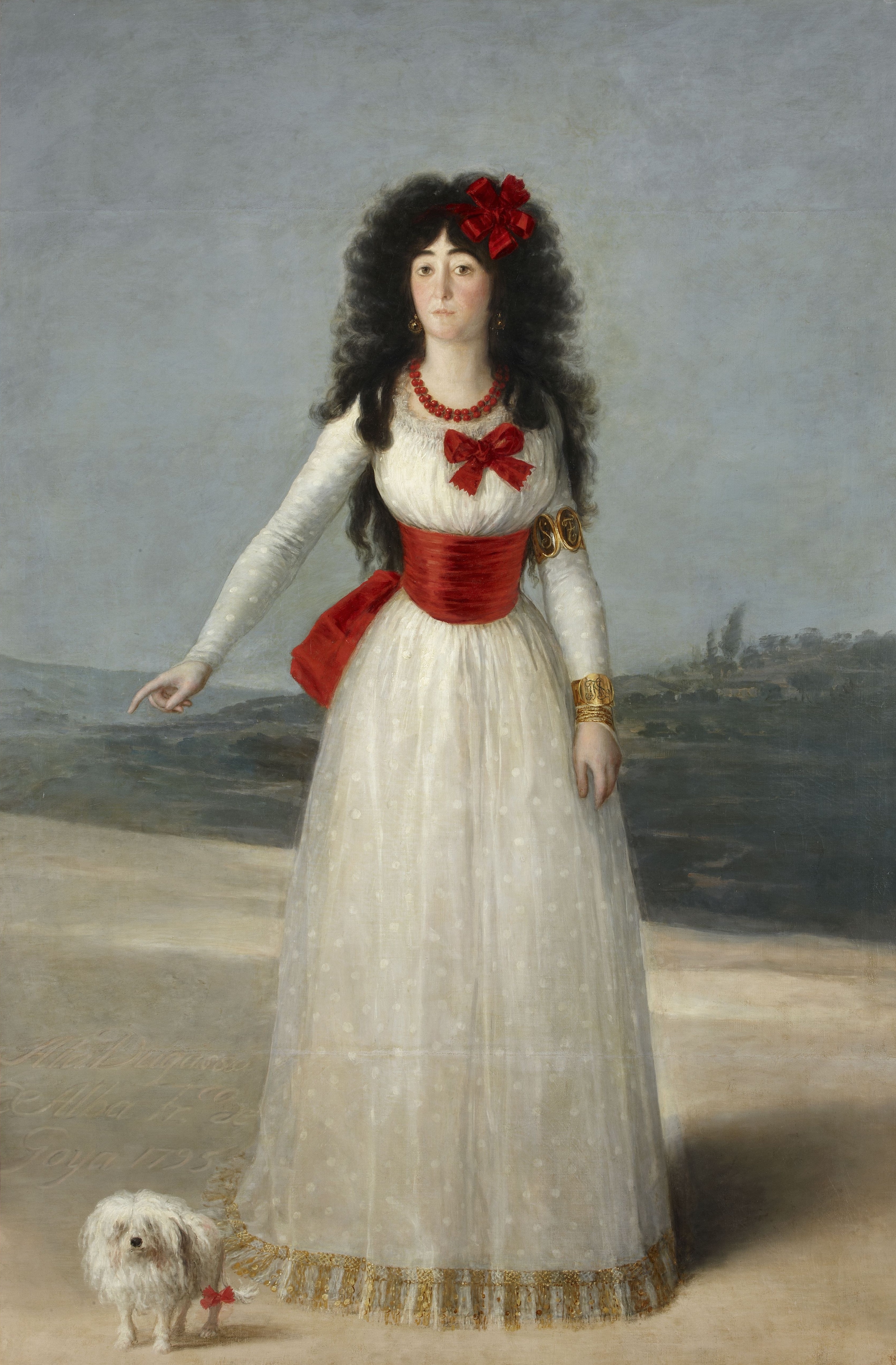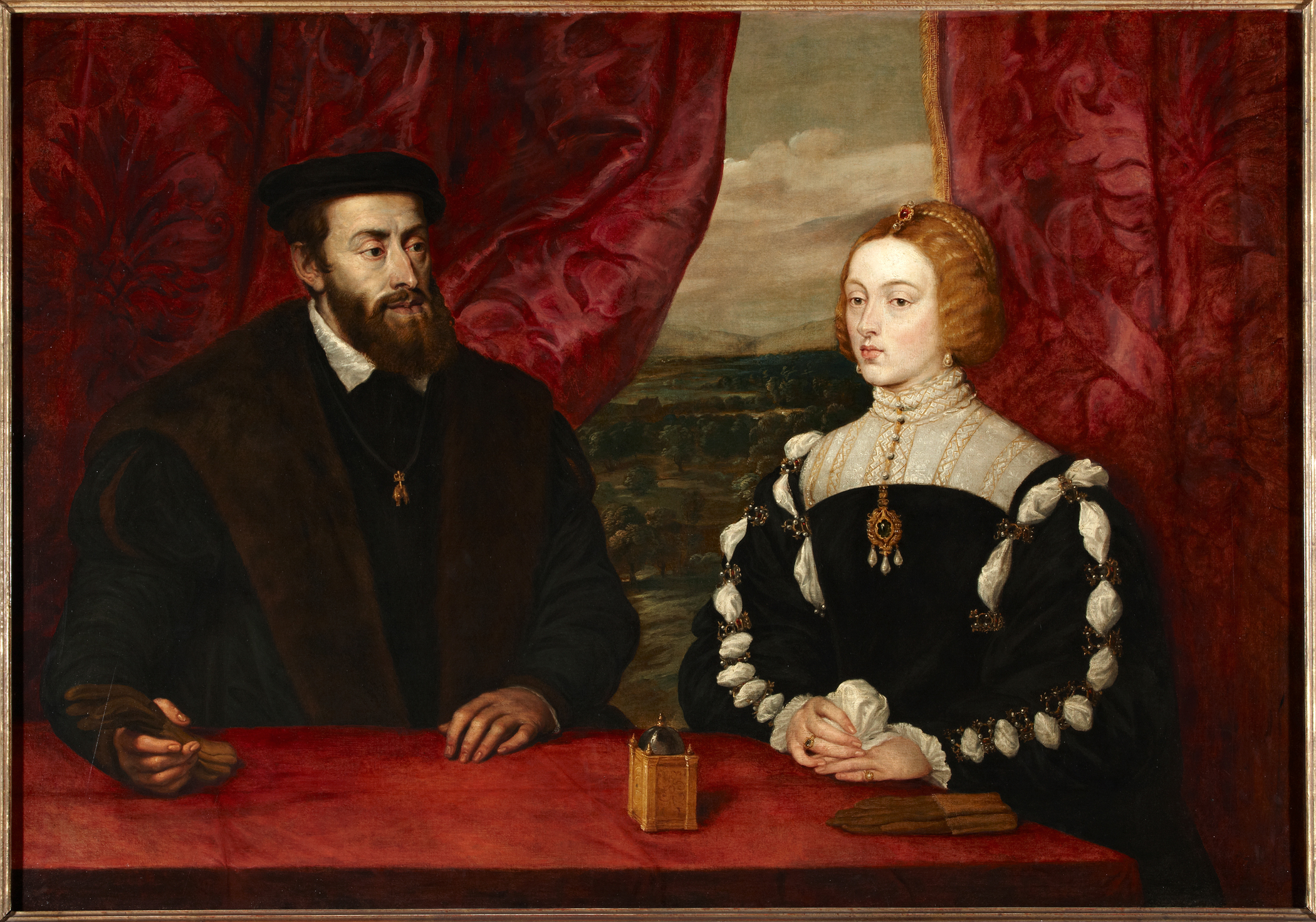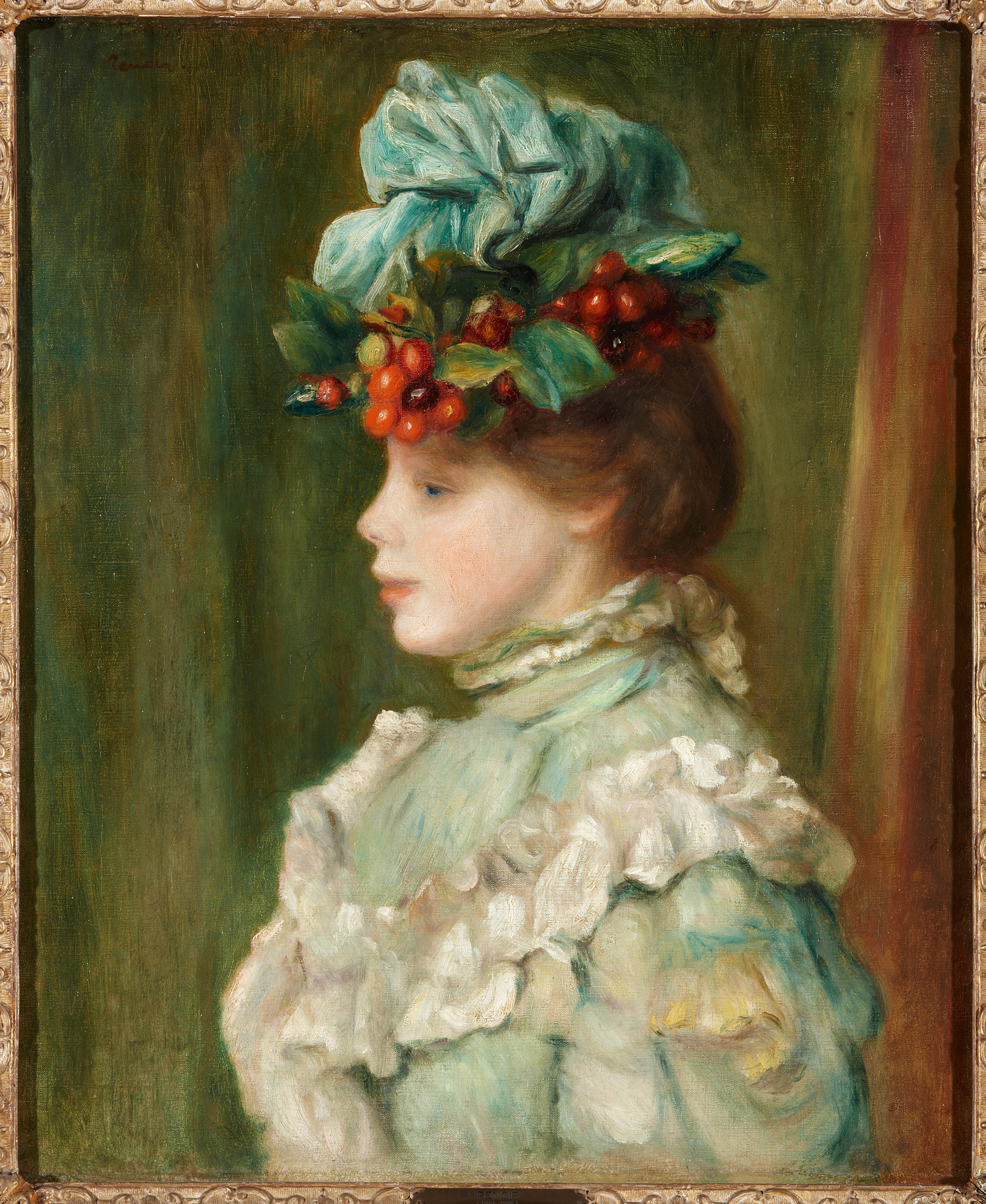The Meadows Museum at
Southern Methodist University will present the first major exhibition in the U.S. of works from
the House of Alba collection, one of the oldest and most significant private art collections in
Europe. Treasures from the House of Alba: 500 Years of Art and Collecting will feature more
than 100 European works—from paintings by Goya and Rubens to 16th-century tapestries by
Willem de Pannemaker and 19th-century furniture created for Napoleon III—most of which have
never been on public display or seen outside of Spain, as well as illuminated manuscripts, books,
historic documents, miniatures, antiquities, prints, sculpture, drawings, and other objects.
Curated by Dr. Fernando Checa Cremades, former director of the Museo Nacional del Prado in
Madrid, Treasures from the House of Alba: 500 Years of Art and Collecting, which was previously slated to take place April 18 through Aug. 16, 2015, will now be presented from Sept. 4, 2015 through Jan. 3, 2016. Treasures from the House of Alba is the first major exhibition in the U.S. of works from one the most significant and comprehensive private collections of European art in the world.
The House of Alba—for centuries the most illustrious household in Spain, with close ties to the monarchy—remains one of the foremost noble families in Europe, with roots dating back to the mid-15th century when Fernando Álvarez de Toledo was named Count of the town of Alba de Tormes. The Albas have since forged connections with members of some of the most prominent dynasties in European history, including the House of Stuart; the Count-Dukes of Olivares; the Duchy of Veragua, (descendants of Christopher Columbus); Napoleon III and his wife, Eugenia de Montijo; and the Churchill family. Over the past five centuries, the Alba family’s patronage, connoisseurship, and ties to Western royalty have shaped the growth and trajectory of the Alba collection, which is now one of the greatest private collections in the world. The current head of the Alba family is Cayetana Fitz-James Stuart, the 18th Duchess of Alba, who bears more recognized titles than any other noble living today.
“Our will is to share the works and pieces that make up the collection of the Foundation House of Alba with an increasing public, each time more knowledgeable and more interested in culture and history. This sample allows us to present different works and documents that have survived the vicissitudes of history and that make the greatest treasure of the legacy of our family. It is also an extraordinary opportunity for making visible the steady and silent work of preservation and upkeep that the house of Alba has developed for centuries,” said Carlos Fitz-James Stuart y Martínez de Irujo, Duke of Huescar.
The House of Alba—for centuries the most illustrious household in Spain, with close ties to the monarchy—remains one of the foremost noble families in Europe, with roots dating back to the mid-15th century when Fernando Álvarez de Toledo was named Count of the town of Alba de Tormes. The Albas have since forged connections with members of some of the most prominent dynasties in European history, including the House of Stuart; the Count-Dukes of Olivares; the Duchy of Veragua, (descendants of Christopher Columbus); Napoleon III and his wife, Eugenia de Montijo; and the Churchill family. Over the past five centuries, the Alba family’s patronage, connoisseurship, and ties to Western royalty have shaped the growth and trajectory of the Alba collection, which is now one of the greatest private collections in the world. The current head of the Alba family is Cayetana Fitz-James Stuart, the 18th Duchess of Alba, who bears more recognized titles than any other noble living today.
“Our will is to share the works and pieces that make up the collection of the Foundation House of Alba with an increasing public, each time more knowledgeable and more interested in culture and history. This sample allows us to present different works and documents that have survived the vicissitudes of history and that make the greatest treasure of the legacy of our family. It is also an extraordinary opportunity for making visible the steady and silent work of preservation and upkeep that the house of Alba has developed for centuries,” said Carlos Fitz-James Stuart y Martínez de Irujo, Duke of Huescar.
“The Meadows Museum is incredibly grateful for the generosity of the Duchess of Alba and the entire Alba family, who have so graciously agreed to lend a range of preeminent works from their collection for this groundbreaking exhibition. These extraordinary works of art, many of which have never left the Alba family’s personal estates, are a treasure trove and a fount of new art historical knowledge,” said Mark A. Roglán, The Linda P. and William A. Custard Director of the Meadows Museum and Centennial Chair in the Meadows School of the Arts. “We are honored to present the first exhibition of this outstanding collection in the United States, sharing these works of art that tell the story of a remarkable family and provide an unprecedented opportunity to explore the panoply of cultural achievement and European history. We are honored that Fernando Checa Cremades will be curating Treasures from the House of Alba and working with the Museum to present the collection in a way no one has experienced before.”
Exhibition Themes and Highlights
Treasures from the House of Alba will be organized chronologically and will consist of seven periods of Alba family history, collecting, and patronage from the 15th to the 20th century. The exhibition begins with the dynasty’s origins in the mid-15th century and rising influence under the 3rd Duke of Alba, Don Fernando Alvarez de Toledo, a prominent courtier in the service of the Spanish monarchy in the 16th century. This will be followed by an exploration of the family’s close ties to the Marquis of Carpio, Europe’s greatest art collector of the 17th century, from whom the Duchy of Alba received important holdings of Renaissance and Baroque paintings, and to the Duques of Veragua, from whom came the Christopher Columbus documents.
The exhibition will also present a section devoted to Goya and his relationship with the Duchess Doña Teresa Cayetana, and will conclude with the extensive collecting activity of the current Duchess and her father since the beginning of the 20th century, which includes the acquisition of works by such artists as Peter Paul Rubens, Joshua Reynolds, Pierre-Auguste Renoir, Pablo Picasso, and Marc Chagall, among others.
The exhibition will feature works from each of the family’s prominent palaces in Spain: the Palacio de Liria in Madrid, Palacio de las Dueñas in Seville, and Palacio de Monterrey in Salamanca. In addition to works currently housed in the Alba collection, the exhibition will include loans from distinguished museum collections around the world that were once part of the Alba holdings. These loans will serve to complement the contributions from the Alba family and will showcase the full scope of the family’s collecting history.
Highlights include:
• The Duchess of Alba in White (1795) by Francisco de Goya y Lucientes, a portrait that
serves as testament to the close relationship between Teresa Cayetana de Silva Alvarez
de Toledo, the 13th Duchess of Alba, and the famed Spanish painter. Goya created several
renowned portraits of the duchess, many of which were completed shortly after her
husband’s death in 1796, sparking rumors that the duchess and the artist were lovers.
• Charles V and the Empress Isabella (c. 1628) by Peter Paul Rubens, a double portrait
painted after a lost work by Titian. Charles served as the Holy Roman Emperor and King of Germany, Italy, and Spain in the early 16th century, and was best known for his
considerable role in opposing the Protestant Reformation. The Empress’s portrait here
was painted posthumously.
• Girl with Hat with Cherries (1880) by Pierre Auguste Renoir, a portrait painted toward
the end of the artist’s illustrious Impressionist period. During the 1880s, Renoir spent a
significant amount of time traveling abroad, visiting Italy, Holland, Spain, England,
Germany, and North Africa. It was during this time that the artist became inspired by the
works of Raphael, Velázquez, and Rubens, and traces of these more classical and linear
influences can be seen here.
• The Bible of the House of Alba, an early 15th-century illuminated manuscript and one of
the earliest known translations of the Old Testament from Hebrew into a Romance
language. The Bible contains commentary written by both Christian and Jewish
theologians and was an attempt to encourage stronger ties between Christians and Jews.
The Bible was part of the library of the kings of Spain, later on was owned by the
Inquisition and finally was recovered for the House of Alba by the Count Duke of
Olivares in 1622 . In honor of the 500th anniversary of the expulsion in 1992, 500 copies
of the Alba Bible were published, one of which was given to King Juan Carlos I of Spain.
• One of Christopher Columbus’ logbooks, a set of manuscripts documenting the
explorer’s journey of discovery of the New World in 1492. The House of Alba’s archive
of 21 Christopher Columbus documents includes nine personal letters (one of which is
addressed to his son, Diego) and four of the only remaining documents written during the
time of his four voyages. This logbook also features the first map of the New World as
drawn by Columbus during his first voyage across the Atlantic Ocean.
• Mercury Enamored of Herse by Willem de Pannemaker (1570), one of eight mythological tapestries that comprise the only complete surviving example of a series depicting Ovid’s tale of the loves of Mercury and Herse. Willem de Pannemaker was a tapestry-maker and supplier to the royal courts of the Flemish Renaissance in the 16th century – including Charles V and his son Philip II – and was significantly inspired by Raphael’s tapestry designs for The Acts of the Apostles in the Sistine Chapel.
“This exhibition represents an unprecedented moment of art historical discovery,” said Fernando Checa Cremades, Curator of Treasures from the House of Alba and former director of the Museo Nacional del Prado. “Displaying and studying these masterpieces will spark a new wave of research and scholarship in the field, and will build our understanding of these celebrated artists and their legacy. The depth and breadth of the exhibition will enable museum audiences and scholars alike to experience over 500 years of European history anew and on an unprecedented level of intimacy.”
Treasures from the House of Alba will be accompanied by a fully-illustrated catalogue, which will include in-depth information about the collection and its history, and will lay groundwork for future research on the works included in the exhibition, as well as the collection as a whole. The catalogue will be edited by Fernando Checa Cremades and will include studies of the Alba family’s three main palaces, as well as new photography of the buildings and their current décor and gardens.



